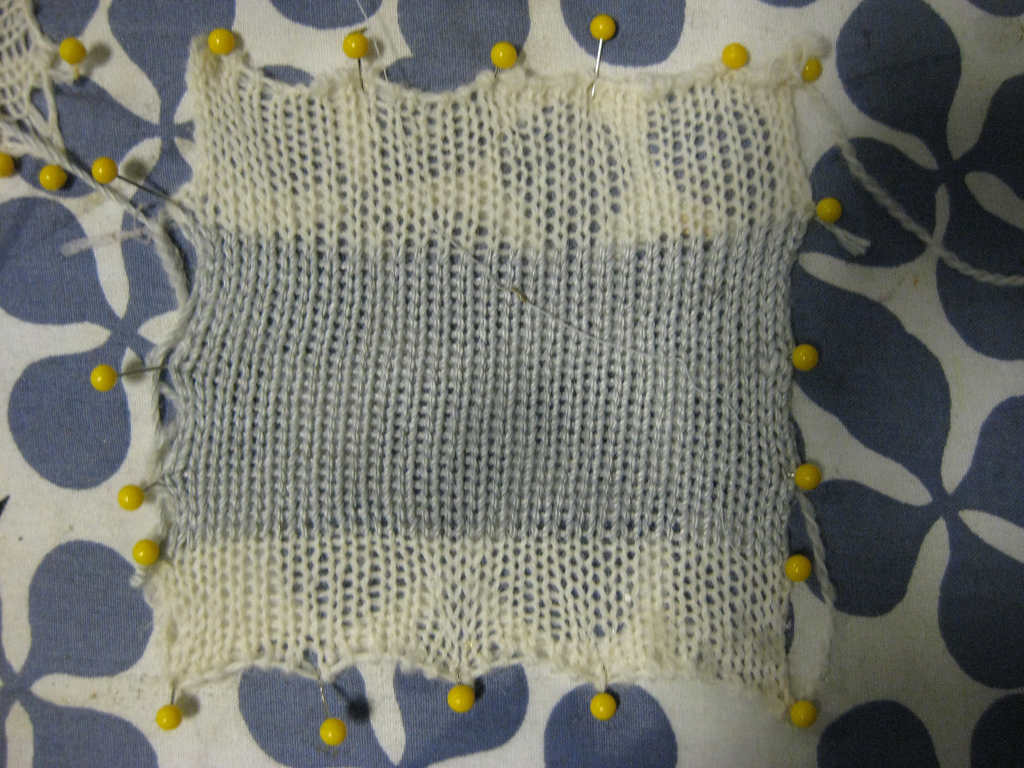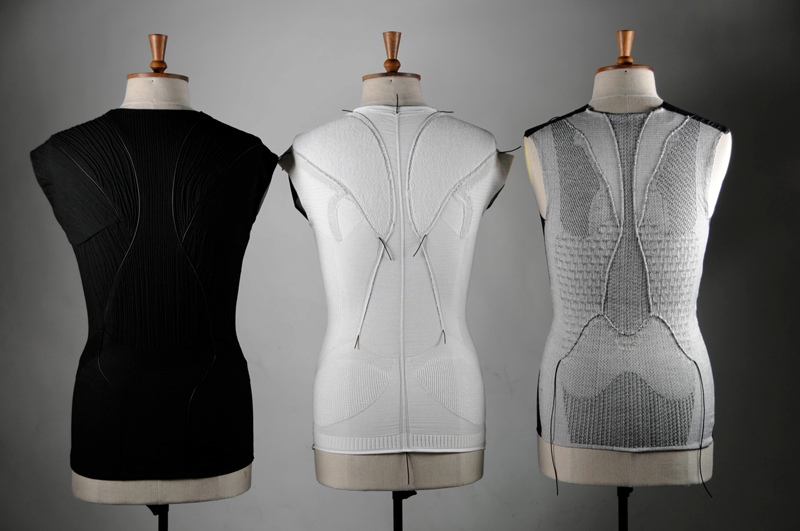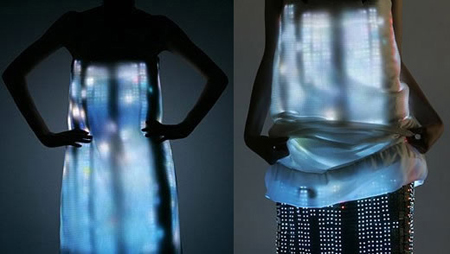[gallery] "Researchers have been experimenting with “intelligent” textiles for quite some time by integrating standard electronic components. However, for the most part the electronic parts have only been attached to or sewn into plain old clothes like coats or T-shirts – an endeavor ultimately doomed to fail because of one practical drawback: they’re difficult to wash. Moreover, it takes a lot of handiwork to produce them, which bumps up the price of the clothes.
Scientists from Professor Gerhard Tröster’s Wearable Computing Lab, however, have now gone one step further: they’ve developed a new technology to attach thin-film electronics and miniaturized, commercially available chips to plastic fibers. The researchers eventually succeeded in integrating a large number of microchips and other microelectronic elements directly into the architecture of the material. In order to weave the E-fibers into conventional threads, the ETH-Zurich scientists used customary textile machines." Continue reading on ETH Zurich.
Images from ETH Zurich via talk2myshirt.com



